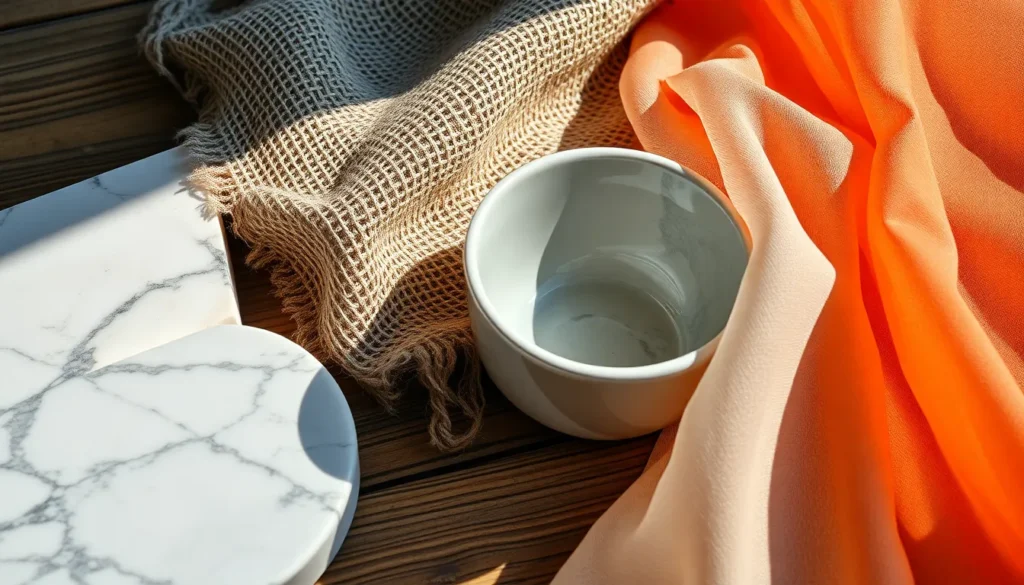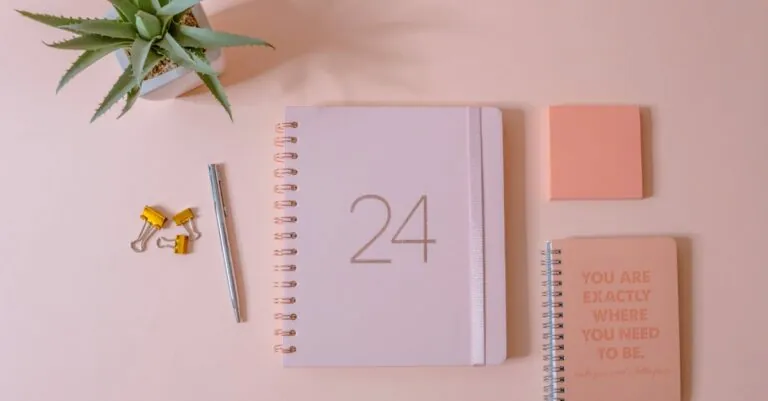In the world of design and art, texture is the unsung hero that can make or break a project. It’s the difference between a flat, lifeless image and a vibrant masterpiece that practically leaps off the screen. But let’s face it—nobody wants to be that person who can’t tell the difference between a silky smooth surface and a bumpy disaster. Texture quality critique is not just a fancy term; it’s an essential skill that separates the pros from the amateurs.
Table of Contents
ToggleUnderstanding Texture Quality Critique
Texture plays a vital role in enhancing the visual and tactile aspects of design and art. Recognizing and critiquing texture quality sets skilled designers apart from their peers.
Definition and Importance
Texture quality refers to the characteristics that determine the feel and appearance of a surface. It encompasses aspects like smoothness, roughness, glossiness, and translucence. Identifying these elements is essential for creating a harmonious composition. Quality textures contribute to the overall aesthetic appeal and enhance the viewer’s experience. Effective critique of texture quality boosts the credibility of design work, highlighting expertise and attention to detail.
Key Factors Influencing Texture Quality
Multiple factors influence texture quality in design. Material composition significantly impacts texture. For instance, metal surfaces can vary from polished to brushed finishes. Environment also plays a crucial role; light sources, such as natural or artificial light, affect how textures appear. Technique matters as well; how an artist applies paint or constructs a surface can create distinct textural effects. Additionally, context shapes perception; specific textures can evoke emotions or signify particular themes in artistic works.
Methods of Assessment

Assessing texture quality employs various techniques. Evaluators often utilize visual evaluation and tactile feedback to gain comprehensive insights.
Visual Evaluation Techniques
Visual evaluation techniques assess texture quality through observation. Designers observe surfaces for characteristics like smoothness and glossiness. Different angles of light may reveal varied textures, influencing perception. Color contrast also plays a significant role, allowing one to analyze details more clearly. Evaluators might compare textures side by side to identify subtle differences. Additional tools, such as magnifying glasses or high-quality cameras, enhance visual assessments. Analyzing textures in context helps in understanding their impact within the overall design.
Tactile Feedback in Texture Analysis
Tactile feedback serves as another critical method for texture analysis. Touching surfaces reveals attributes, such as roughness or softness. Direct interaction fosters an intimate understanding of texture quality. Descriptive language arises from firsthand experiences, enriching critique discussions. Evaluators often record tactile observations to document various textures accurately. Combining tactile and visual assessments leads to more informed critiques. This dual approach enhances awareness of how texture interacts with light and forms, elevating overall design appreciation.
Common Applications
Understanding texture quality finds applications across various industries. In food production, texture affects consumer perception and enjoyment.
Texture Quality in Food Products
Texture influences the overall experience of food products significantly. Chefs emphasize smoothness in sauces, crispiness in fried items, and chewiness in baked goods. Sensory analysis often employs trained panels to evaluate qualities like firmness and cohesion. Consumer preferences vary; some prioritize creamy soups while others enjoy crunchy snacks. Textural attributes directly affect product formulation, highlighting the importance of achieving the right mouthfeel. For instance, the ideal consistency in yogurt promotes its appeal, impacting market success.
Texture Quality in Textiles and Fabrics
Texture’s impact on textiles and fabrics plays a vital role in fashion and interior design. Designers select materials based on tactile qualities that enhance visual appeal. Customers often favor soft, plush textures in upholstery, while durability encourages the use of rougher weaves in outdoor fabrics. Assessments commonly focus on attributes like thickness, elasticity, and warmth. A fabric’s texture can evoke different emotions, influencing purchasing decisions. In garments, comfort and breathability remain critical factors, leading to a preference for lightweight, soft textiles. Texture quality thus shapes the overall aesthetic and functional aspects of textile design.
Challenges in Texture Quality Critique
Critiquing texture quality poses several challenges, mainly due to its subjective nature and the limitations of measurement tools.
Subjectivity in Evaluation
Evaluators often display varying interpretations when assessing texture. Personal experiences, cultural backgrounds, and artistic preferences shape individual responses. What one designer perceives as a pleasing texture, another may find unappealing. This diversity complicates consensus on a texture’s quality. Professional critiques often rely on established standards, yet nuances persist. Variations in tactile sensitivity also impact assessments. Sensory experiences differ among individuals, resulting in diverse evaluations. Consequently, experts find it essential to communicate effectively, sharing their perspectives to bridge gaps in understanding. Such discussions enrich the critique process by incorporating multiple viewpoints.
Measurement Tools and their Limitations
Measurement tools provide insights into texture quality, but they come with limitations. Instruments like gloss meters or surface roughness testers can quantify attributes, yet they may not capture the full sensory experience. These tools often focus on specific characteristics, overlooking the complex interplay of texture and perception. Reliance on technology can sometimes lead to impersonal assessments. Human touch, often vital for understanding texture, isn’t easily replicated by machines. Evaluators should also consider subjective factors like context and emotional response, which tools can’t quantify. Recognizing these limitations allows designers to supplement tool-based evaluations with personal insights for a more comprehensive approach.
Texture quality critique is an essential skill that shapes the perception of design and art. Its influence extends across various industries from food to textiles where understanding texture can elevate both aesthetic and functional appeal. By combining visual and tactile assessments designers can create more impactful and engaging compositions.
Recognizing the subjective nature of texture evaluation allows for a richer dialogue among creators and critics. While tools can aid in measurement they should complement personal insights for a holistic critique. Embracing this complexity not only enhances the designer’s credibility but also deepens the viewer’s appreciation of the intricate relationship between texture and experience.




